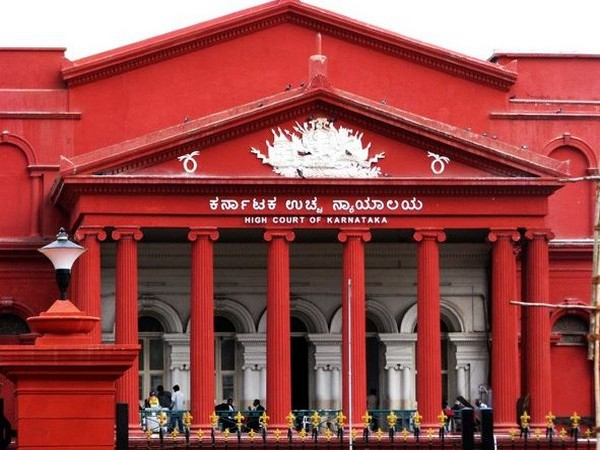Synopsis: The charge was against HD Kumaraswamy that during his term as Chief Minister, he falsely denotified two plots of land purchased by the Bangalore Development Authority (BDA).
The Karnataka High Court recently declined to quash a criminal case against HD Kumaraswamy, who allegedly opposed two plots of land purchased during his tenure as Chief Minister of Financial Gain by the Bangalore Development Authority (BDA).
Although rejecting the petition, Justice John Michael Cunha held that there was ample material for the alleged crimes to be charged against the petitioner. There is no basis to quash the challenged proceedings as requested in the petition in the absence of any proof that the action brought against the plaintiff is an abuse of the court process and has resulted in a miscarriage of justice.
The complaint relates to the dismissal of land in the village of Halagevaderahalli in Uttarahalli Hobli, Bangalore South.
Before the Additional City Civil and Special Judge for the Prevention of Corruption Act, one MS Mahadeva Swamy filed a private complaint seeking prosecution of Kumaraswamy and 18 others under various provisions of the Indian Penal Code, the Prevention of Corruption Act and the Karnataka Land (Restriction of Transfer) Act.
The Special Judge referred the case for investigation, after which the Lokayukta Police submitted a ‘B’ report. The Special Judge issued a notice to the complainant shortly thereafter, who then filed a protest petition. The Court, after hearing the parties, rejected the ‘B-Report’ and took cognizance of the crimes.
The Special Court then registered the complainant’s statement and ordered the registration of the criminal case against the accused persons by order of September 4, 2019.

Kumaraswamy, aggrieved by the same fact, filed a petition before the High Court seeking to quash the criminal case against him.
The petitioners argued that the rejection by the trial court of the ‘B’ Summary Report is not correct and that an error was committed by issuing a notice to the complainant.
In addition, the petitioner was said to be unaware to the whole transaction. He had no personal knowledge of the alleged de-notification and was therefore not able to address the alleged transaction which had occurred in accordance with guidelines laid down by law.
It was also argued that, along with other offences, the Special Judge took cognizance of the said offence and granted a procedure to the petitioner, suggesting absolute non-application of mind.
It was also argued that no evidence was provided by the claimant to prove that, due to the alleged de-notification, the petitioner made some unlawful benefit and that he caused unjust damage to the exchequer of the State.
On the other hand, Venkatesh S Arbatti, the special public prosecutor, urged the Court to dismiss the petition.
The Court also went through the rules and procedure to be followed by the Magistrate in dealing with the ‘B’ summary report submitted by the investigation agency, taking into account different Supreme Court judgments.
The Bench further noted that, the ingredients of the offences under Sections 13(1)(c), 13(1)(d) and 13(1)(e) of the Prevention of Corruption Act and the provisions of the Karnataka Land (Restriction of Transfer) Act are clearly attracted by the evidence.
The Court also dismissed the petitioner’s argument that the he was a stranger to the transaction in question and was not aware of the transactions involved.
With these observations, the Court decided that the information provided before the learned Special Judge indicated that the alleged offences were supposed to be identified by means of documentary evidence rather than oral evidence. Since documents produced before the Court prima-facie make out the ingredients of the above criminal offences requiring summons to the petitioner, the Court do not see any justifiable reason to interfere with the impugned order on the purported contentions presented in the petition.

